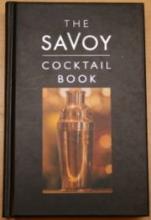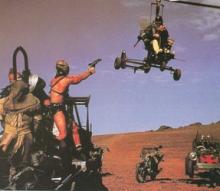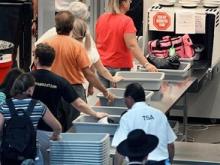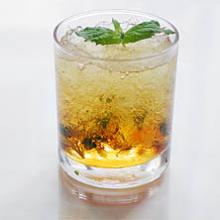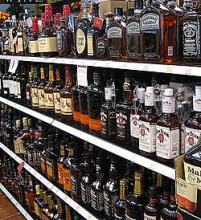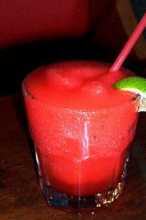The Savoy Hotel
What do you think of when you think of luxury? It's a strange thing to define in the wealthier parts of the world in the 21st century seeing as so many elements of comfort have become de rigueur in most places. If you went into a hotel room and found anything less than hot and cold running water, an in-suite toilet, electric lights, climate control and a telephone, would you consider it proper lodging? These days, of course not, but for the first fifty or so years of its run the original Savoy Hotel in London was considered a place of innovation for being the first hotel to implement all of those things in its standard rooms. Indeed, the very things we have come to associate with hotels began at the Savoy, mostly between 1900 and 1945. It opened in 1889 as a companion to the famous Savoy Theatre where the wildly successful musicals of Gilbert and Sullivan premiered. It was a favorite leisure destination for such people as Oscar Wilde and Charlie Chaplain. Monet and Whistler made paintings of the view outside their windows there. But for our purposes, the most notable celebrity associated with the Savoy in London is Ada Coleman, the woman who first presided over the Savoy's illustrious bar.
Well, it's unfair to give the Savoy bar's glory just to Coleman, though she did make it the cocktail capitol of the world very early in the history of the mixed drink and paved the way for a very important yankee, her successor Harry Craddock. Together these two invented or popularized some of the most famous cocktails in history.
Ada Coleman's most notable contribution is the Hanky-Panky. It's a cocktail of a bygone era that you may be able to find in what I'd refer to as a proper bar. See, it's pointless to ask a talented bartender to make you something so simple you could (and do) make it yourself. It's better to aim for mixed drinks that use ingredients and tools you probably don't have much incentive to keep on hand at home. Take, for instance, Fernet-Branca. It's a somewhat obscure and very potent digestif hailing from Italy, more or less grape-based brandy with a whole slew of herbs and spices. Fernet-Branca comes from an age when intense distillates were used more often as medicine than as indulgences, which explains why there's really no effort to make the stuff palatable beyond a few drops. Used like bitters, Fernet-Branca gives a distinct perkiness to cocktails, turning Ada Coleman's sweet vermouth variation on the classic martini into a real ass-kicker of a drink. The Hanky-Panky truly tastes antique and it started a long tradition of creative cocktail recipes at the Savoy.
The Savoy wouldn't share its amazing cocktails with the world beyond the Thames/Strand corridor until a Prohibition-hating fellow named Harry Craddock left the States and became a barman at the hotel, eventually taking over for Ada Coleman. Craddock's presence was so transformative to the Savoy that they branded their bar The American Bar, thanks mostly to the association between America and cocktails. Craddock had hundreds of drink recipes, many of them his own invention. It's quite likely that he invented the White Lady and while it's certain that Craddock didn't come up with the dry martini we do know that he was the first and most respected advocate for that now-standard variation. It was Harry Craddock who created the Savoy Cocktail Book, which is still a barman's bible today. The SCB first hit shelves in 1930 and has been reprinted several times since then. If there's any justice in this world, people will be taking that text with them to space colonies.
